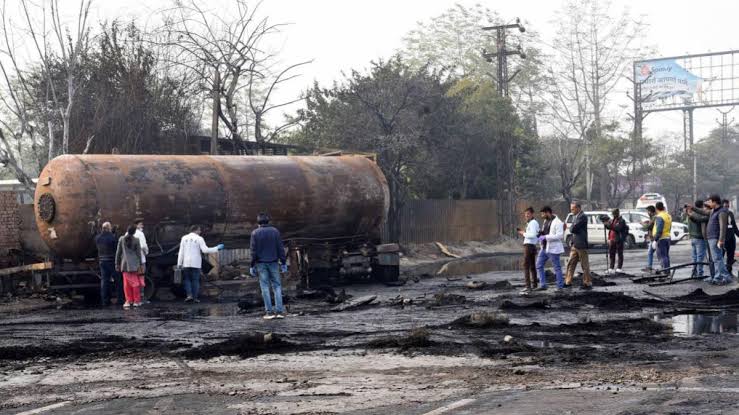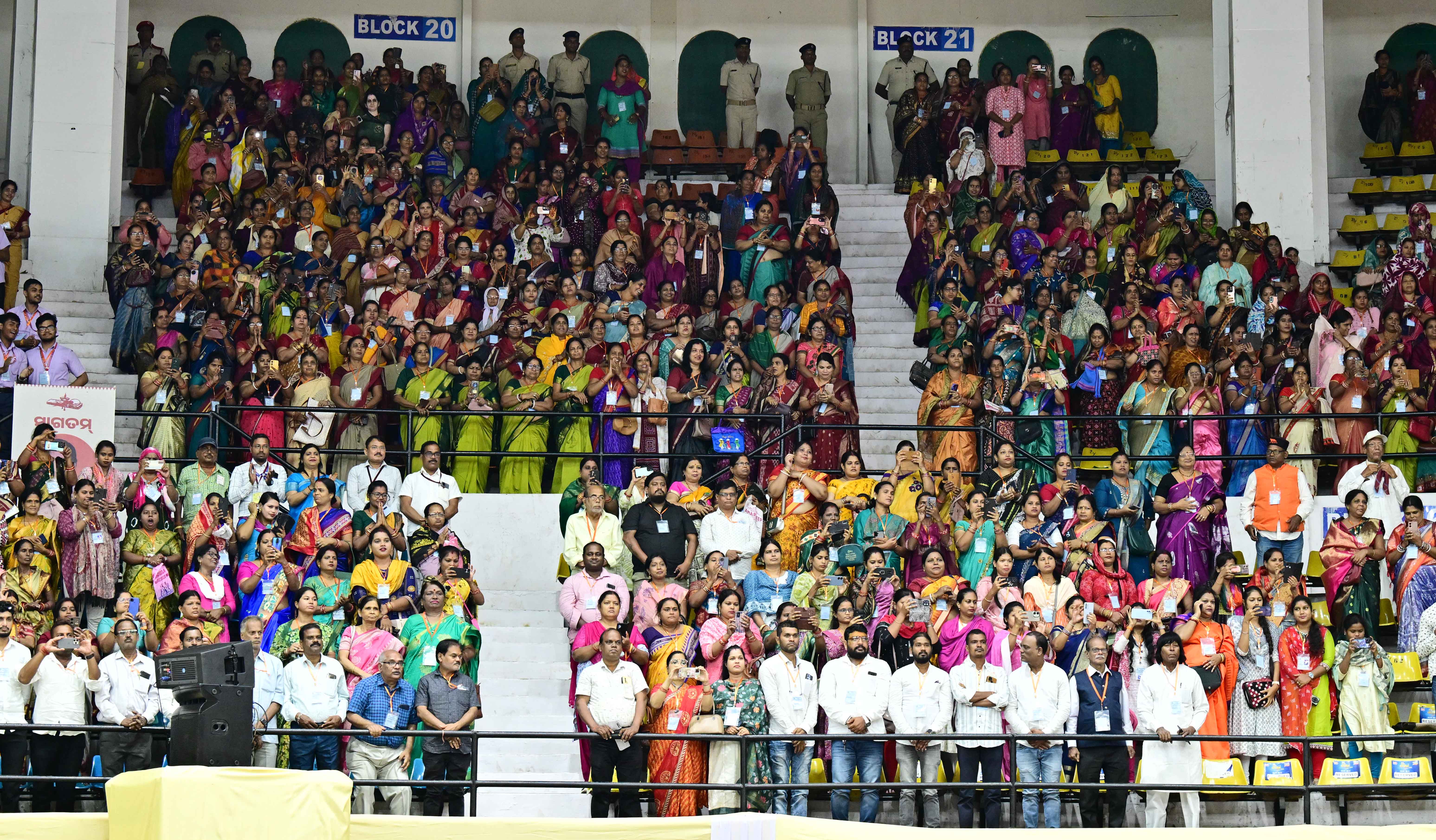The 83rd meeting of the Network Planning Group (NPG), chaired by Shri Rajeev Singh Thakur, Additional Secretary of the Department for Promotion of Industry and Internal Trade (DPIIT), was held today to review and evaluate significant infrastructure projects across India. The meeting brought together representatives from project proponents, the Bhaskaracharya National Institute for Space Applications and Geoinformatics (BISAG-N), and state nodal officers. The focus of the discussions was to enhance multimodal connectivity and logistics efficiency in line with the PM GatiShakti National Master Plan (PMGS NMP).
 The NPG assessed eight major projects, which were evaluated based on key principles of PM GatiShakti: integrated development of multimodal infrastructure, improving last-mile connectivity to economic and social hubs, fostering intermodal linkages, and ensuring synchronized project implementation. These projects are expected to play a crucial role in boosting national development by improving logistical efficiency, reducing travel times, and delivering socio-economic benefits to the regions they serve.
The NPG assessed eight major projects, which were evaluated based on key principles of PM GatiShakti: integrated development of multimodal infrastructure, improving last-mile connectivity to economic and social hubs, fostering intermodal linkages, and ensuring synchronized project implementation. These projects are expected to play a crucial role in boosting national development by improving logistical efficiency, reducing travel times, and delivering socio-economic benefits to the regions they serve.
Below are the details of the evaluated projects:
A. Rail Projects
- Wardha – Balharshah 4th Line This 134.52 km project in Maharashtra aims to reduce congestion on the Delhi-Chennai High-Density Corridor. The area is home to major industrial hubs like the Chandrapur Super Thermal Power Station and Ballarpur Paper Mills. The new 4th rail line will enhance the movement of freight, especially coal, steel, and cement, and strengthen connections to Nagpur and ports on both coasts.
- Itarsi – Nagpur Quadrupling Spanning 297.05 km, this Brownfield project will add a 4th rail line to the Itarsi-Nagpur corridor, which is critical for freight and passenger movement. The project will help decongest existing lines and improve logistics for key industries like MIHAN and power plants in the region. The upgraded infrastructure will support regional economic growth and improve connectivity to major urban centers.
- Gondia – Balharshah Doubling This 240 km doubling project is crucial for improving freight transport through Gondia, Bhandara, Gadchiroli, and Chandrapur districts, particularly for iron ore and coal. The upgraded line will provide a shorter, alternate route for North-South freight traffic, reducing congestion and enhancing connectivity with major ports.
- Aluabari – New Jalpaiguri Quadrupling Aimed at improving rail connectivity in North Bengal and Bihar, this 56.60 km quadrupling project will benefit both passenger and freight traffic, especially for agricultural products and industrial goods. The region is a critical trade gateway to Nepal, Bhutan, and Bangladesh, and the project will boost regional trade and socio-economic development.
- Ballari – Chikjajur Doubling This 185 km doubling project will connect key industrial hubs in Karnataka and Andhra Pradesh, supporting the movement of iron ore, coal, cement, and food grains. The project aims to alleviate capacity constraints, improve freight efficiency, and facilitate the expansion of industries like Jindal Steel.
- Hosur – Omalur Doubling This 147 km project in Tamil Nadu will improve rail links between Hosur and Salem, boosting connectivity for critical sectors such as cement, agro-processing, and automobiles. The upgraded line will enhance connectivity to Bangalore’s IT and electronics sectors, fostering regional economic integration.
- Secunderabad – Wadi Quadrupling A 173.18 km project to construct additional lines between Secunderabad and Wadi, addressing congestion on this high-traffic corridor. The upgraded infrastructure will support the transport of coal, cement, and food grains and reduce delays, benefiting industries in Telangana and Karnataka.
B. Road Project
- Imphal – Kakching – Lamkhai Road on NH-137A This 44.517 km road improvement project aims to enhance connectivity between Imphal, the capital of Manipur, and Kakching, an emerging agricultural and trade hub. The upgraded road will improve access to the Moreh border trade point, facilitating cross-border commerce and boosting socio-economic development in the region. Additionally, it will support tourism by improving access to Loktak Lake and promote regional integration through the Asian Highway Network.




